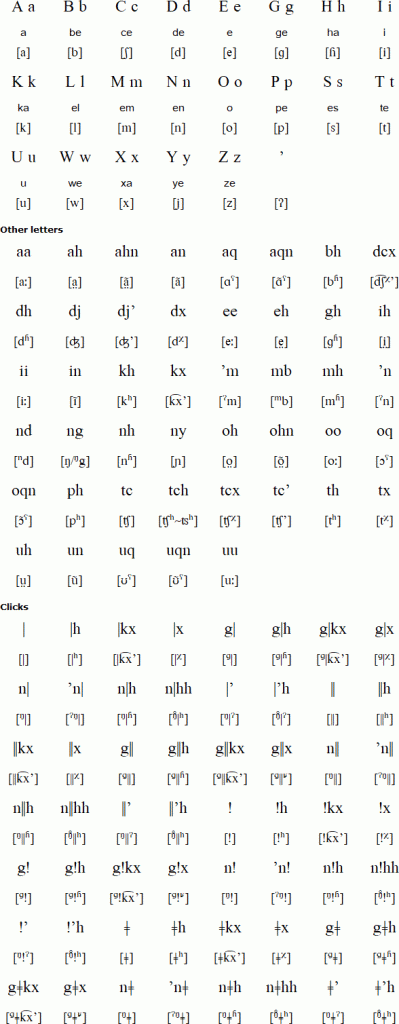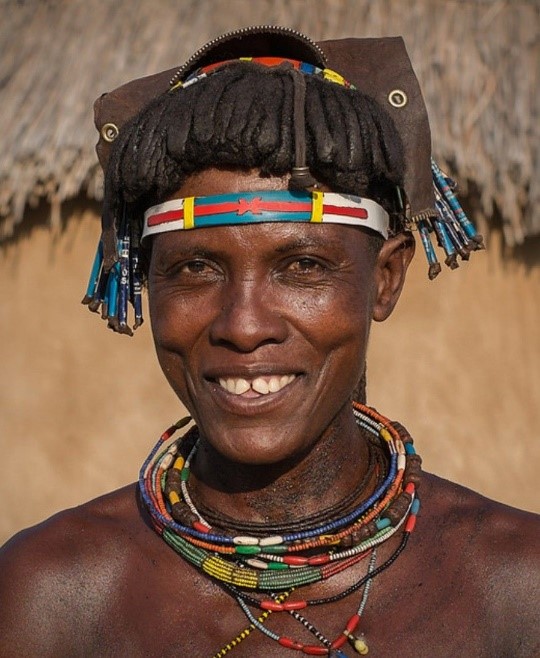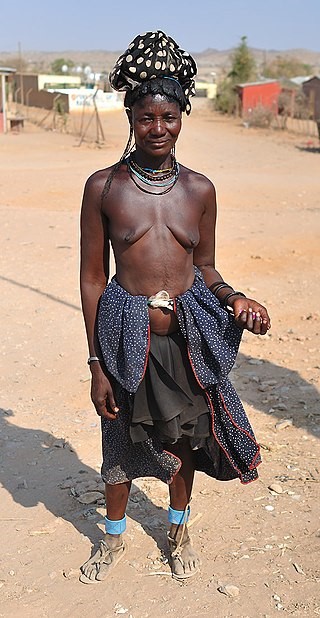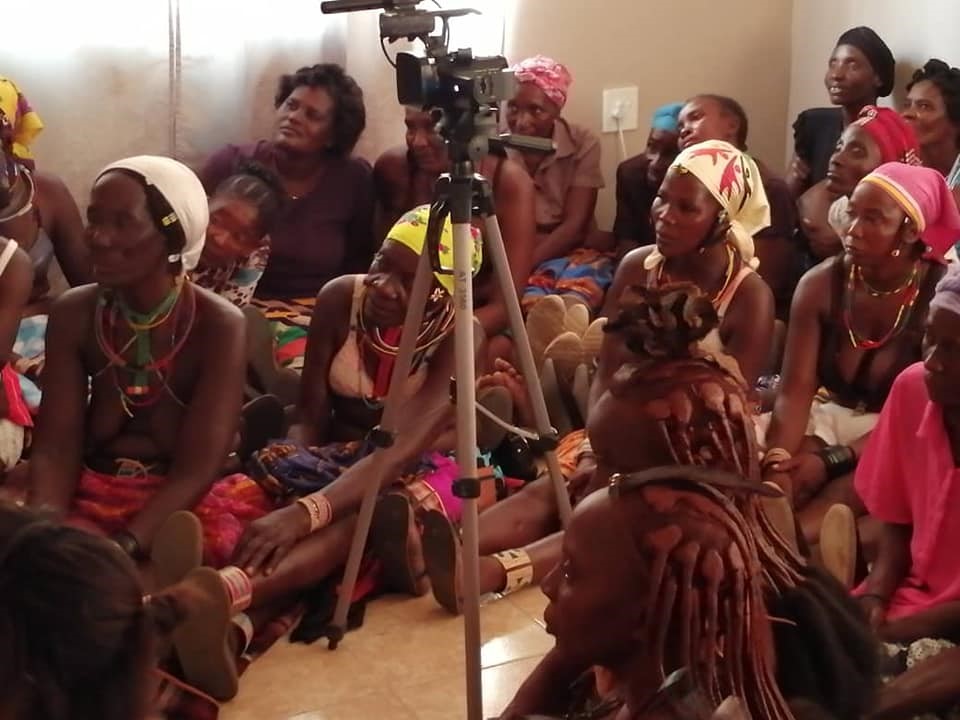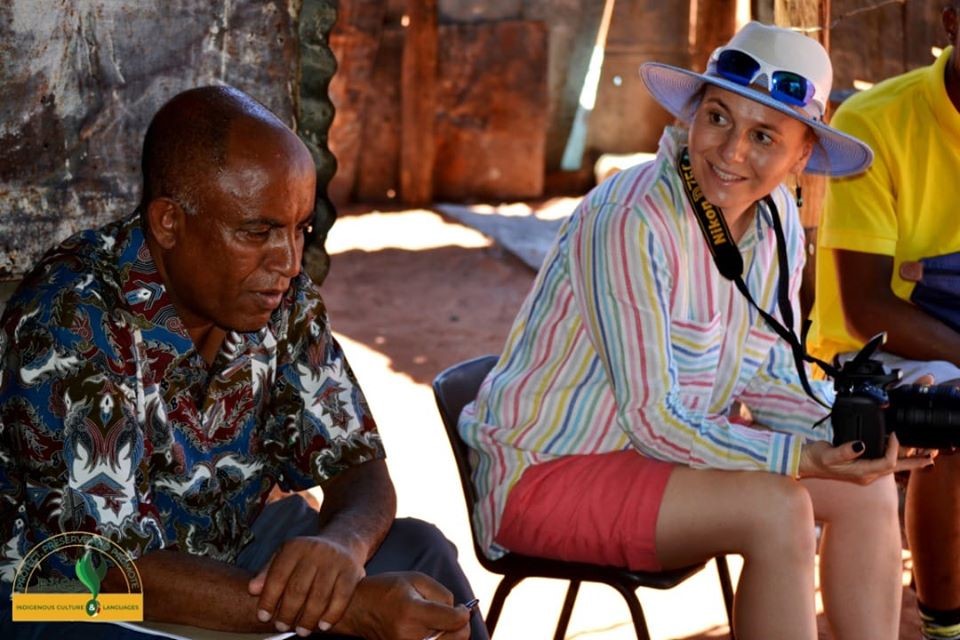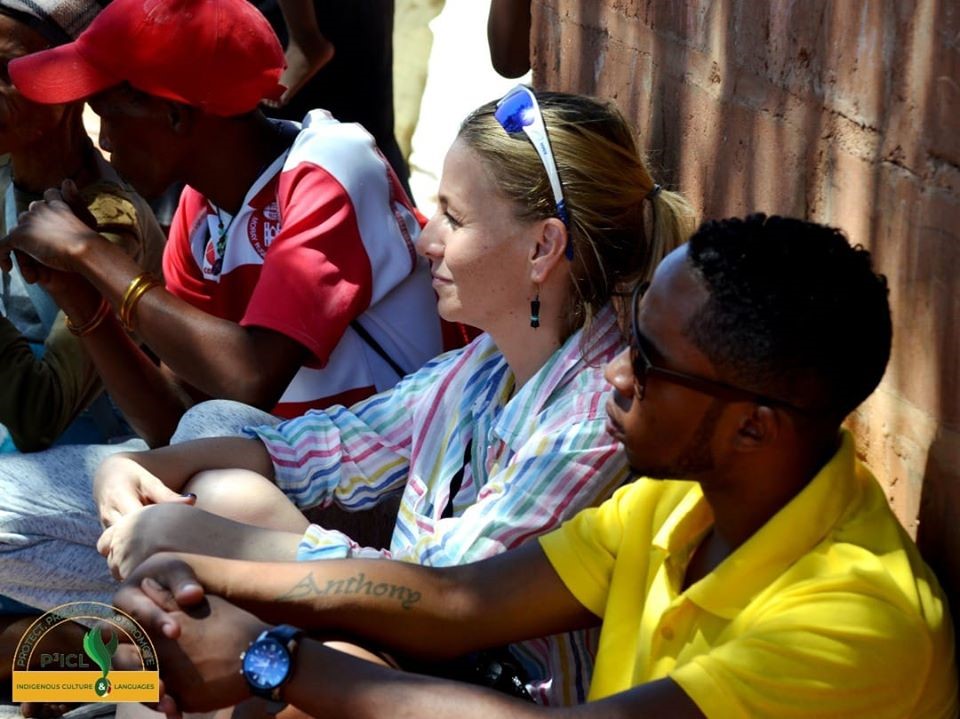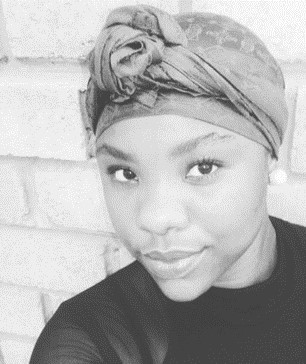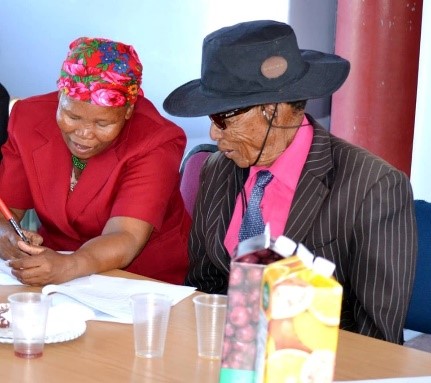Progress Report 2019
The following actions were implemented during the second year of the Project, i.e. 2019-2020:
This period was critical for the project as it mainly focused on data collection, digitalisation thereof, and product development aligned with visibility actions informed by the extensive desktop research conducted by the team. The data was first-hand collected during extensive fieldwork trips (Ruacana; Tsumkwe, Corridor 15, 17, and 18; Aminuis and Aranos). Here are photos of the towns visited:
Tsumkwe
Tsumkwe
Ruacana
Ruacana
Aranos
Aranos
Aminuis
Data was also collected through consultants with key informants from institutions such: NIED and Technical Advisory Committee institutions such as Ministries of Arts, Culture and Education, Museum’s Association, Namibian Scientific Society, UNESCO, and Namibia Media Holdings
Museum’s Association, Namibian Scientific Society
Ministry of Education and Culture
UNESCO
NIED
Namibian Scientific Society
Namibia Media Holdings
Above picture: The !Kung alphabet. Very few people are able to write in !Kung
Above picture: !Kung is one of the Khoisan languages
Above picture: The Ovazemba language family
The Zemba women have a unique pure black hairstyle. It is emphasized with the decorations made of thin beads of white, red, blue and yellow colours.
Above picture: A Zemba woman.
Above picture: The origins of the Chifwe language
Above picture: The Chifwe people live in the Katima Mulilo area of the Zambezi region
The video of the play was shown to the Ovazemba people.
The video of the play was shown to the Ovazemba people.
The play was also video-recorded and is archived as part of the final product of the project. The video was shared with the community (about 85 people) during a screening session in November 2019. The response was astoundingly well, since it was the first time ever that a “movie” has been made in the Ovazemba language. All the members of the community were invited to comment on the movie and there were lively discussions about the ceremony and how it was presented. Interestingly, it was the women who had many comments to make about the circumcision ceremony. Briefly, the following were the comments made by the elders: the language spoken by the actors was not the "deep" Ovazemba because it had many expressions which were from an urban setting; the chronology of the Etanda Oniyondo ceremony had not been followed correctly (and elaborately enough); even though the ritual in and of itself was well done.
NUST library
Ms. Sylvia Umana
The results achieved during the second year of implementation is on track with the work plan and largely involved the collection of data, digitization of data into the repository and the promotion of the project within the local communities. The following are highlighted as achievements:
7. 1 Communication and Visibility of the project
Communication and Visibility were continuously implemented during the second year of the project. All activities are planned for the year, at least a year ahead of time. The Dean of Student Affairs Office (DOS) has oversight on student activities. Through the DOS, the team was able to engage students in the activities that were planned in the project, such as data collection, communication and visibility, planning and preparations for the Etanda Oniyondo play during the Cultural festival. By virtue of the students being involved in the project, it receives a lot of visibility and tremendous excitement is generated amongst them. This shows the importance of identity within the target groups.
Below picture : Mrs. Lizelle Miller was the contact person in the office of the Dean of Students. She organized P3ICL activities with the NUST students. Several NUST students participated in the data collection process.
7.2 Launch of the P3ICL project in Ruacana and Tsumkwe
The team traveled to Ruacana from 28 January to 2 February 2019 to launch the project where discussions were held with elders from 3 royal houses, the Regional Councillor, and 2 Cultural officers. There were also teachers from the schools, representatives of the Cultural Office, members of the Oluzemba community, and the public.
The Team traveled to Tsumkwe from 23 to 29 May 2019 to launch the P3ICL project among the San community and to seek the advice of the San elders about the most endangered language among the Khoesan group of languages. This involved a meeting with the Regional Council Chair and the local Traditional Authorities took place, and as a result, they are in full support of the project. A meeting was also held with the Traditional Authorities who invited the team to launch P3ICL in Corridor 17 and 18 at a !Kung community meeting where headmen, headwomen, and community members were present, and all were very excited to learn about the project. With their guidance a decision was made to focus on the !Kung Language.
Left picture: Data collection in Ruacana.
The team also went to Corridor 15 where they met with the Chief who welcomed them into his kraal and he talked about the movement of the !Kung people. He explained to the team that this community being hunters-gatherers, move across the borders between Namibia and Botswana, therefore it was difficult to estimate the exact number of !Kung people.
The team decided to end the year by going to Aminuis where some !Kung families also lived. They travelled to Corridor 17 and picked up the two data collectors and then went to Aminuis which was about 300 kilometers away. The first day was not as successful as anticipated as there were no !Kung speakers. The team then travelled to Aranos where the next morning, they were informed that there were several !Kung families in the area, which resulted in the team spending the next three days collecting data from the !Kung speakers in Aranos.
One of the data collectors invited the team to visit her mother who is a traditional healer. The team met her and were very impressed with the collection of herbs from the veld. She explained to us the rituals and practices that make the medicines very potent. What was very striking about this visit and the old lady was that she did not have any legs. She shared with the team that she crawls into the bushes and veld to collect traditional herbs to make medicines and it was clear that she is very well respected in the community.
The team also went to Corridor 15 where they met with the Chief who welcomed them into his kraal and he talked about the movement of the !Kung people. He explained to the team that this community being hunters-gatherers, move across the borders between Namibia and Botswana, therefore it was difficult to estimate the exact number of !Kung people.
The team decided to end the year by going to Aminuis where some !Kung families also lived. They travelled to Corridor 17 and picked up the two data collectors and then went to Aminuis which was about 300 kilometers away. The first day was not as successful as anticipated as there were no !Kung speakers. The team then travelled to Aranos where the next morning, they were informed that there were several !Kung families in the area, which resulted in the team spending the next three days collecting data from the !Kung speakers in Aranos.
One of the data collectors invited the team to visit her mother who is a traditional healer. The team met her and were very impressed with the collection of herbs from the veld. She explained to us the rituals and practices that make the medicines very potent. What was very striking about this visit and the old lady was that she did not have any legs. She shared with the team that she crawls into the bushes and veld to collect traditional herbs to make medicines and it was clear that she is very well respected in the community.

